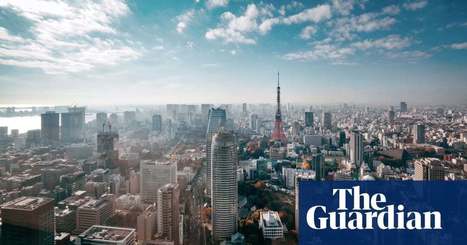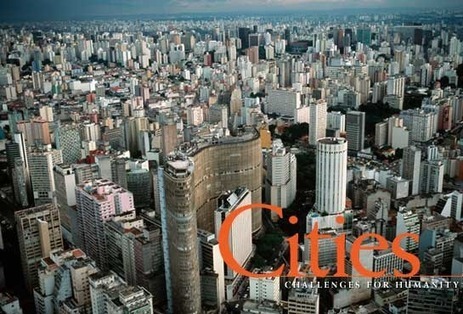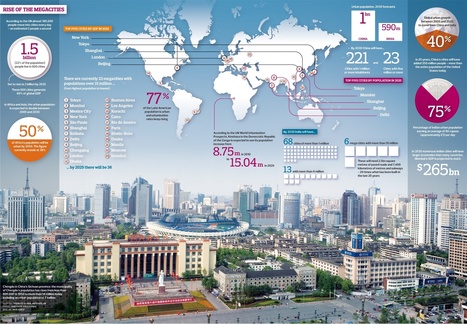You could argue that the world’s biggest city has hit a sweet spot: a flatlining population, pervasive transit and little gentrification. But is ‘peak city’ even possible – and where does Tokyo go from here?
Get Started for FREE
Sign up with Facebook Sign up with X
I don't have a Facebook or a X account
 Your new post is loading... Your new post is loading...
 Your new post is loading... Your new post is loading...
|

Al Picozzi's curator insight,
September 9, 2013 12:06 PM
More and more people are moving to the cities than ever before. As a result I believe there are more megacities on the way. However I think there is a limit to these cities. How are they going to be powered? How are the people going to be fed? Where will they work? how will these cities impact the environment? Where is all the fresh water going to come from? 
Kenny Dominguez's curator insight,
December 12, 2013 12:26 AM
It is a good thing that there is more megacities being created because you can see more people move in which will help the city function better economics wise. When it comes down to the population that is a different story because there is more people to worry and deal with. The increase of people could go both ways because it can be good but at the same time it can go bad because people will start arguing in which it can get physical which means city ratings going down. |














